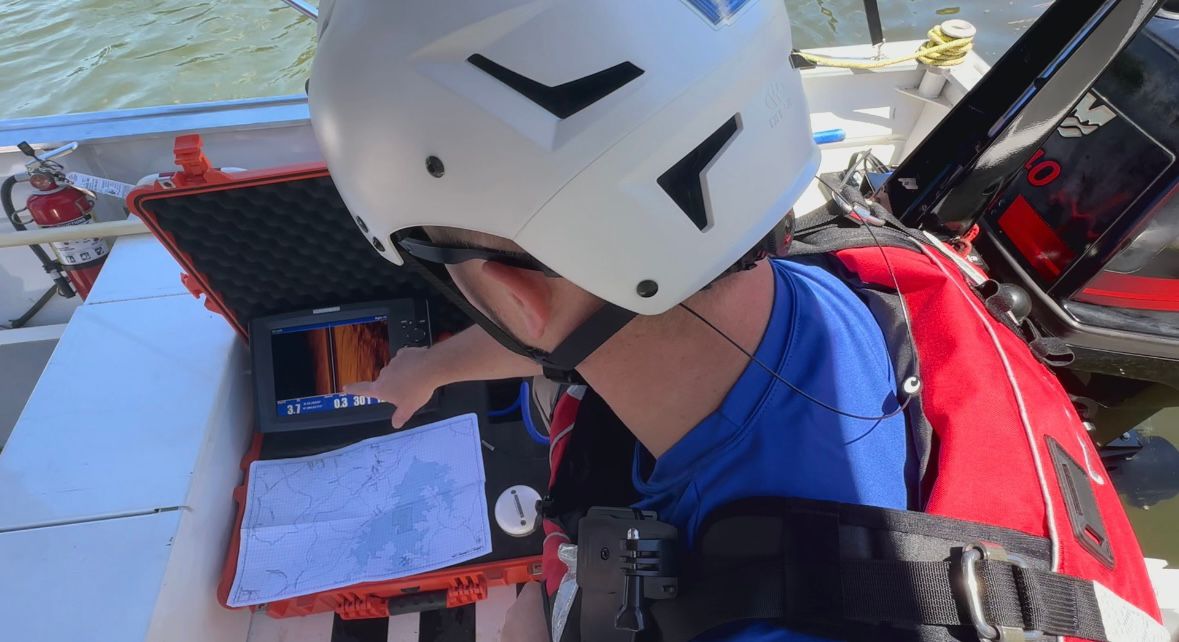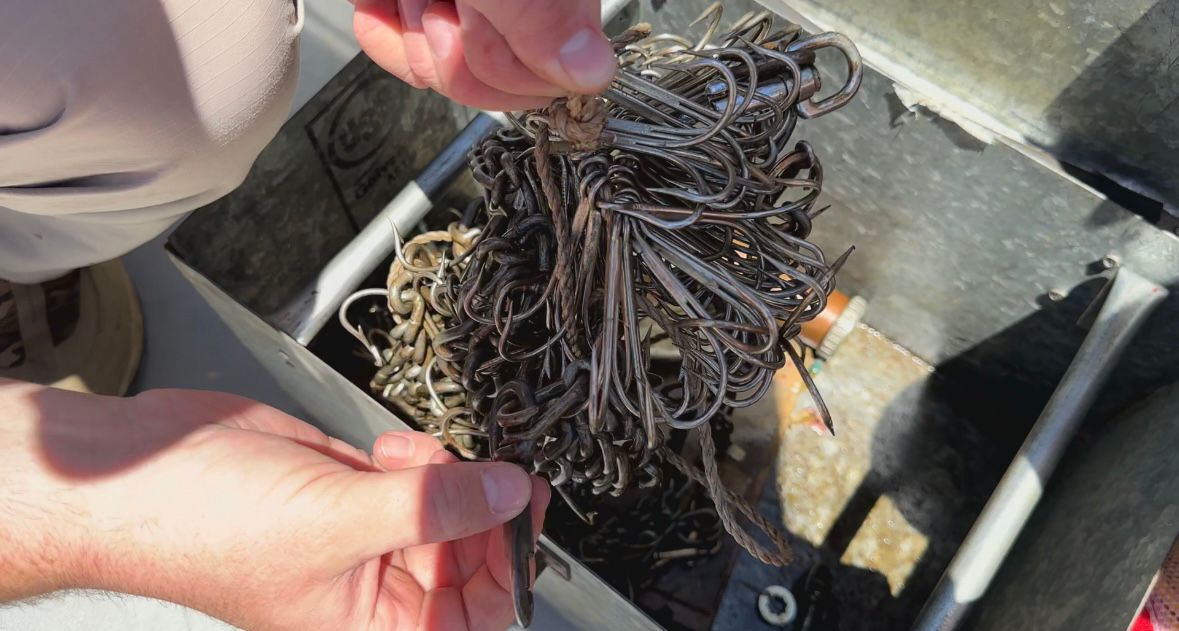PILOT MOUNTAIN, N.C. — Drowning deaths have been becoming increasingly common as the summer heats up in North Carolina. Fatal drownings in the U.S. are increasing after decades of decline according to the Centers for Disease Control and Prevention.
What You Need To Know
- Elijah Childers, the chief of the Pilot Mountain Rescue Squad, says to conduct a water safety checklist prior to heading to the water
- He says if someone is struggling in the water to tell them to remain calm, throw them a floation device or rope and see if they can come to you
- Childers says to avoid rescuer drowning, only enter the water as a last resort when attempting a rescue
- The rescue squad is looking for more volunteers
Rip currents, underwater swells and hidden debris are just some dangers lurking at your favorite swimming spots across the state. Elijah Childers, the Pilot Mountain Rescue Squad chief, makes sure his team is prepared for anything they may encounter while out at a rescue.
Childers has been involved with rescues for about nine years and said the hobby gets his adrenaline pumping.
“Most people pick their hobbies is crocheting or knitting or, you know, making something. But this is this is my this is my release,” Childers said.

This is his second year as chief of the Pilot Mountain Rescue Squad, also serving as the assistant chief prior for many years, helping manage volunteers aged from high school into their 80s who are ready to help with water rescues, rescues on Pilot Mountain or any other responses. The squad is looking for more volunteers.
“We're grateful and thankful to have all of those people to be with us and to answer the call. Our motto is 'These heartbeats respond for you.' This is our way of being able to help and give back to our community and ultimately save somebody's life,” Childers said.
The volunteers come from different backgrounds, ranging from nurses, manufacturing, technical engineering and more, making training very important to make sure everyone is safe and doesn't become a victim themselves.
“You cannot be a rescuer if you can be somebody that needs to be rescued. This equipment will help you in regards of knowing how to use it. If you don't know how to use it, it can hurt you just as much as it can help you. And that's why we stress and try to show to our guys of a boat trainings, often boat familiarization, often just getting it out and cranking the boat most of the time makes a big difference,” Childers said.
The team helps with rescues and recoveries, using tools such as hooks, sonar and underwater cameras and robot arms to recover bodies from under water.
“Each time that you have an accident or you have some type of water rescue, stuff like this is vitally important to for that surrounding squad or for our rescue squad to bring, because this gives us a leg up in rescuing somebody or in this case, recovering someone and giving closure to a family,” Childers said.
He said that after recoveries, it is very important for his team to debrief due to the mental toll it takes on the volunteers, to make sure they have someone to talk to.
“I’m that person's known last contact. They come up and you put a water body bag around that person," Childers said. "A lot of my guys you don't sleep after that. It's hard to go to sleep if you do your sleeping in your dream and that you're still on the boat, and that stuff carries with you.”
Oftentimes when people nearby see someone struggling in the water, the onlooker will jump immediately into the water, which can result in rescuer drowning due to heightened panic.
“If that person is irate and they're attacking you, leave them. You let them calm down. You don't approach them because they will take you under. They will be a victim of drowning if that person gets ahold of you. So you leave them and kind of let them calm down, and you're right there with them. When they calm down and relax, then you can perform rescue lifesaving measures,” Childers said.

Rescuer drowning can happen to a trained professional or a good Samaritan.
“The first thing people want to do is to climb that rescuer or try to grab ahold of that rescuer, remain calm. That rescuer will get close to you. He will give you some type of raft, some type of device, flotation device is going to keep you stable, keep you calm, and we'll bring you back to safety,” Childers said.
He said the rescuers will have ropes attached to them with safety equipment although not everyone is prepped with the equipment prior to the call for help.
"If you see someone in the water in trouble, tell them to remain calm and you are coming to help, throw them a flotation device or rope and see if they can come to you," Childers said.
With the last measure getting in the water yourself and always have a back up plan.
He said parents will instinctively jump in after their children if they are struggling in the water but encourages them to remain calm and make sure the parents brings a floatation device or rope with them as they enter the water.
“As the parent, most parents, you know, they want to scream, holler, and they get afraid themselves. That's fine. Ensure that child. It's OK. I'm coming to get you. Remain calm as a parent and approach your child and let them if they can let them come to you all right. And then embrace them,” Childers said.




